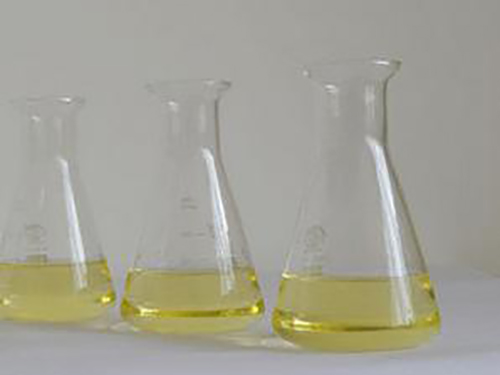Exploring the Uses and Safety of Methylisothiazolinone in Consumer Products
Understanding ME Isothiazolinone Uses, Safety, and Concerns
ME Isothiazolinone, also known as Methylisothiazolinone (MIT), is a synthetic biocide widely utilized in various industries for its effective antimicrobial properties. Originally developed in the 1960s, it has become increasingly common as a preservative in cosmetics, personal care products, industrial operations, and even household cleaning agents. Although it serves significant functional purposes, ME Isothiazolinone has sparked considerable controversy regarding its safety and potential allergic reactions.
Usage of ME Isothiazolinone
ME Isothiazolinone is prominent in formulations aimed at preventing microbial growth. It is often used in products such as shampoos, conditioners, lotions, and other personal care items where water is present. Additionally, this compound is employed as a preservative in paints, adhesives, and construction materials to fight mold and bacteria. Its effectiveness in low concentrations makes it a preferred choice for manufacturers looking to extend the shelf life of their products while maintaining safety and stability.
Given its antifungal and antibacterial properties, ME Isothiazolinone is particularly appealing for products that are prone to contamination. Furthermore, it is often combined with another isothiazolinone compound called Chloromethylisothiazolinone (CMIT) to provide a broader spectrum of protection. This combination is common in both industrial and consumer products designed to endure harsh conditions.
Safety Concerns and Allergic Reactions
Despite its efficacy, ME Isothiazolinone is not without concerns. The primary issue revolves around its potential to cause allergic reactions, particularly in cosmetic and personal care products. Dermatological studies have indicated a rising incidence of contact dermatitis linked to the use of products containing MIT. This has led to several regulatory responses in different regions. For instance, the European Union has implemented stringent regulations limiting the concentration of MIT in cosmetic formulations.
me isothiazolinone

Allergic reactions range from mild irritation to severe contact dermatitis, and individuals with existing skin sensitivities are particularly at risk. Symptoms may include redness, itching, swelling, and blistering of the skin, often requiring medical intervention. For those affected, identifying and avoiding products containing ME Isothiazolinone is paramount. Patch testing is recommended for individuals who suspect they may have sensitivities to this compound.
Regulatory Responses and Consumer Awareness
In response to the growing concerns, regulatory bodies such as the European Commission and the U.S. Food and Drug Administration (FDA) have taken measures to evaluate and monitor the usage of ME Isothiazolinone. The European Union has categorized it as a substance of concern and has issued guidelines to limit its usage in cosmetic products. The recommendations advocate for labeling transparency, allowing consumers to make informed decisions about the products they use.
Consumer awareness is critical in mitigating potential health risks associated with ME Isothiazolinone. Individuals should be encouraged to read product labels carefully and be aware of the ingredients they apply to their skin. Awareness campaigns and education surrounding the potential hazards linked to this compound are essential for safeguarding public health.
Conclusion
In conclusion, ME Isothiazolinone presents a complex interplay of benefits and risks. While it serves as an effective antimicrobial agent, its association with allergic reactions necessitates a careful evaluation of its usage, especially in personal care products. Ongoing research, regulatory scrutiny, and heightened consumer awareness will play crucial roles in ensuring that the benefits of ME Isothiazolinone do not come at the cost of public health. As consumers become more informed about the ingredients in their products, the demand for safer alternatives and strict regulations will likely continue to grow, pushing the industry towards more sustainable and skin-friendly options.
-
lk-319-special-scale-and-corrosion-inhibitor-for-steel-plants-advanced-solutions-for-industrial-water-systemsNewsAug.22,2025
-
flocculant-water-treatment-essential-chemical-solutions-for-purification-processesNewsAug.22,2025
-
isothiazolinones-versatile-microbial-control-agents-for-industrial-and-consumer-applicationsNewsAug.22,2025
-
scale-inhibitor-key-solutions-for-water-system-scale-preventionNewsAug.22,2025
-
organophosphonates-versatile-scale-inhibitors-for-industrial-water-systemsNewsAug.22,2025
-
scale-and-corrosion-inhibitor-essential-chemical-solutions-for-water-system-maintenanceNewsAug.22,2025





